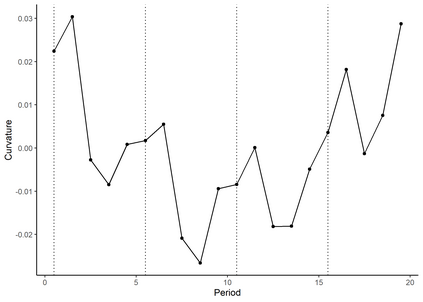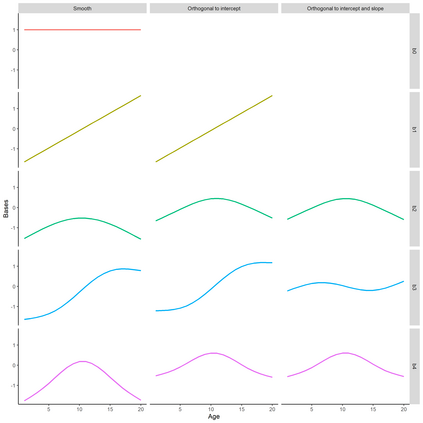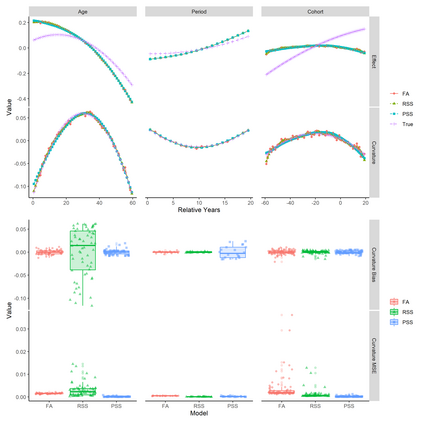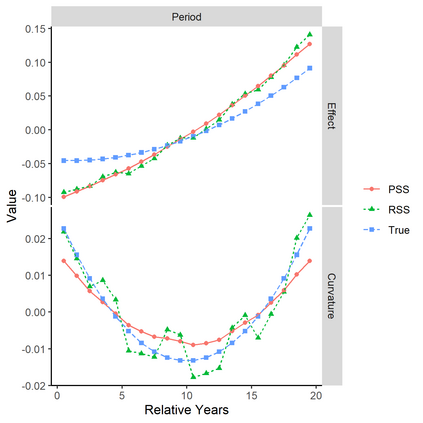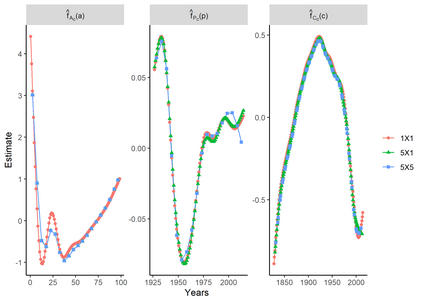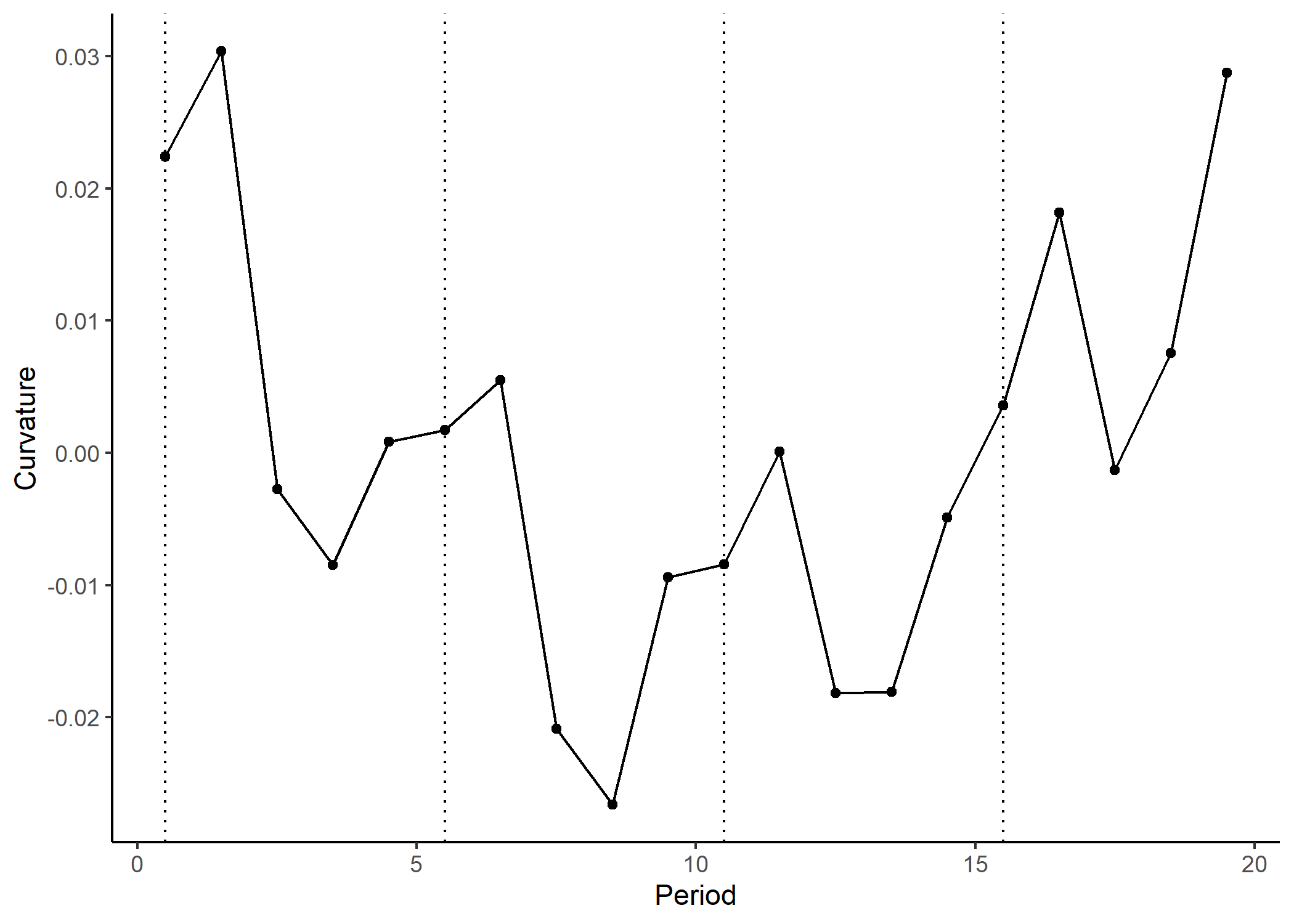Age-period-cohort (APC) models are frequently used in a variety of health and demographic related outcomes. Fitting and interpreting APC models to data in equal intervals (equal age and period widths) is non-trivial due to the structural link between the three temporal effects (given two, the third can always be found) causing the well-known identification problem. The usual method for resolving the structural link identification problem is to base a model off identifiable quantities. It is common to find health and demographic data in unequal intervals, this encounters further identification problems on top of the structural link. We highlight the new issues by showing quantities that were identifiable for equal intervals are no longer identifiable for unequal data. Furthermore, through extensive simulation studies, we show how previous methods for unequal APC models are not always appropriate due to their sensitivity to the choice of functions used to approximate the true temporal functions. We propose a new method for modelling unequal APC data using penalised smoothing splines. Our proposal effectively resolves any additional issues that arise and is robust to the choice of the approximating function. To demonstrate the effectiveness of our proposal, we conclude with an application to UK all-cause mortality data from the Human mortality database (HMD).
翻译:在各种健康和人口相关结果中,经常使用年龄-时间-海岸(APC)模型,在各种健康和人口相关结果中经常使用各种与年龄-时间-时间-时间-时间-时间-时间-时间-时间-时间-时间/时间-时间-时间-时间-时间-时间-时间-时间-时间-时间-时间-时间-时间-时间-时间-时间-时间-时间-时间-时间-时间-时间-时间-时间-时间-时间-时间-时间-时间-时间-时间-时间-时间-时间-时间-时间-时间-时间-时间-时间-时间-时间-时间-时间-时间-时间-时间-时间-时间-时间-时间-时间-时间-时间-时间-时间-时间-时间-时间-时间-时间-时间-时间-时间-时间-时间-时间-时间-时间-时间-时间-时间-时间-时间-时间-时间-时间-时间-时间-时间-时间-时间-时间-时间-时间-时间-时间-时间-时间-时间-时间-时间-时间-时间-时间-时间-时间-时间-时间-时间-时间-时间-时间-时间-时间-时间-时间-时间-时间-时间-时间-时间-时间-时间-时间-时间-时间-时间-时间-时间-时间-时间-时间-时间-时间-时间-时间-时间-时间-时间-时间-时间-时间-时间-时间-时间-时间-时间-时间-时间-时间-时间-时间-时间-时间-时间-时间-时间-时间-时间-时间-时间-时间-时间-时间-时间-时间-时间-时间-时间-时间-时间-时间-时间-时间-时间-时间-时间-时间-时间-时间-时间-时间-时间-时间-时间-时间-时间-时间-时间-时间-时间-时间-时间-时间-时间-时间-时间-时间-时间-时间-时间-时间-时间-时间-时间-时间-时间-时间-时间-时间-时间-时间-时间-时间-时间-时间-时间-时间-时间-时间-时间-时间-时间-时间-时间-时间-时间-时间-时间-时间-时间-时间-时间-时间-时间-时间-时间-

